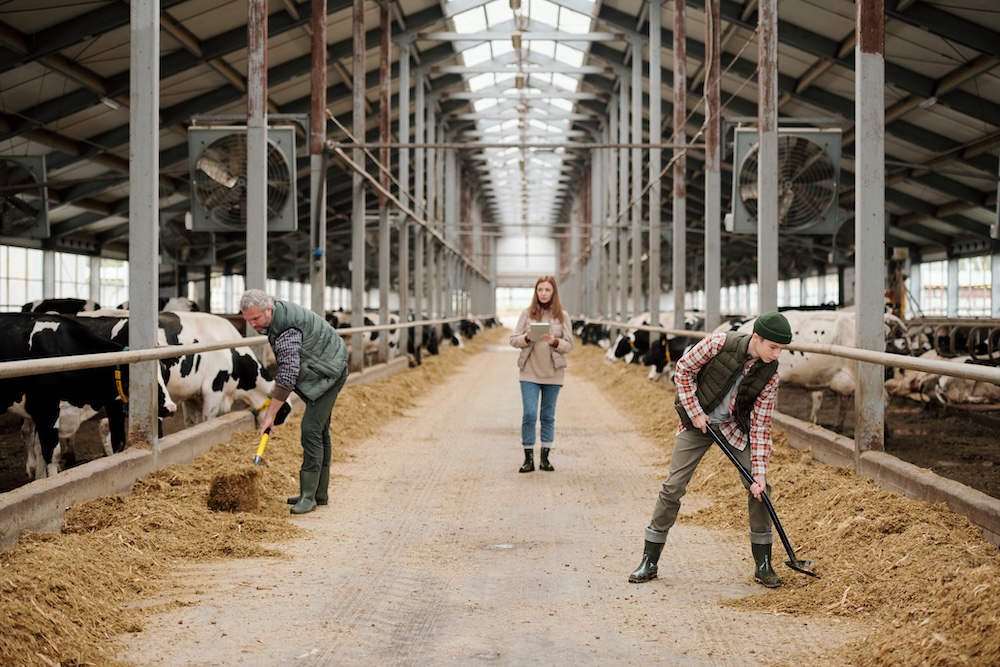How Does Animal Agriculture Pollute Our Water?
Animal farming—particularly large-scale industrial livestock operations—generates massive amounts of waste, chemicals, and byproducts that often end up in rivers, lakes, and groundwater.
This article covers:
- How animal farms contaminate water sources
- What’s in the waste runoff
- The effects on wildlife, human health, and climate
- What we can do about it
Waste From Livestock Operations
Manure Overload
Large farms produce millions of gallons of animal waste each year. This waste contains:
- Nitrogen and phosphorus
- Antibiotics
- Pathogens (like E. coli and salmonella)
- Hormones
Unlike human sewage, this waste often isn’t treated—it’s stored in open lagoons or sprayed onto fields.
Runoff During Rain or Floods
Rainwater carries manure and fertilizers into waterways, causing:
- Eutrophication (excess nutrients → algae blooms → oxygen depletion)
- Fish die-offs
- Contaminated drinking water
What Else Gets Into Our Water?
Antibiotics and Hormones
These substances, used to fatten animals or treat disease, seep into water and disrupt aquatic life and human endocrine systems.
Ammonia and Methane
Volatile gases from waste breakdown enter waterways, harming organisms and contributing to climate change.
Slaughterhouse Discharge
Some facilities release blood, fats, and cleaning agents directly into nearby rivers and streams.
The Impact on Ecosystems and Communities
Drinking Water Contamination
High nitrate levels from animal farms are linked to:
- Blue baby syndrome
- Increased cancer risk
- Thyroid dysfunction
Dead Zones
Farm runoff from across the U.S. contributes to the Gulf of Mexico Dead Zone, one of the largest low-oxygen zones on Earth.
Aquatic Ecosystem Collapse
Fish and amphibians suffer reproductive issues from hormone exposure and low oxygen levels.
Disproportionate Impact on Rural Areas
Communities near CAFOs (concentrated animal feeding operations) often:
- Experience water pollution and foul odors
- Have limited political power to fight back
Questions People Ask
Is animal farming the biggest source of water pollution?
It’s one of the top contributors, especially in rural areas.
Can animal waste be used safely?
Yes—when properly composted or treated. But industrial-scale farms rarely do this at adequate scale.
Are small farms better for water health?
Generally, yes. They tend to use pasture-based systems with lower density and better waste handling.
What regulations are in place?
The EPA monitors CAFOs, but enforcement and oversight are inconsistent.
Final Thoughts
Animal farming has a hidden water footprint—one that pollutes, poisons, and persists. As we rethink our food systems, water protection must be part of the conversation.
Whether you’re choosing what to eat, voting on local regulations, or supporting sustainable agriculture, know this: clean water and clean food are interconnected.









Reader Interactions